IELTS Writing Task 1 PIE Chart: Two Households
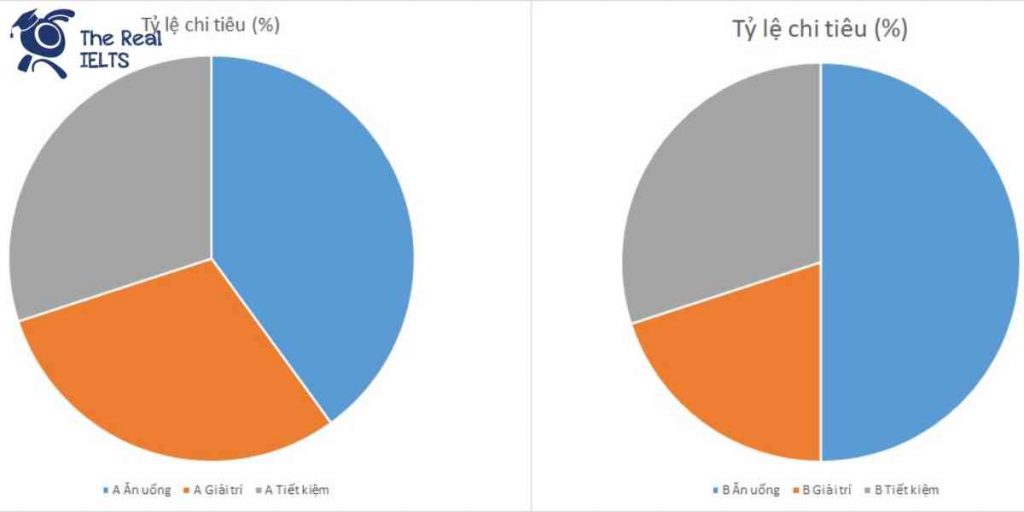

IELTS Writing Task 1 yêu cầu bạn phân tích và mô tả một biểu đồ dạng PIE Chart. Trong bài này, bạn sẽ so sánh tỷ lệ chi tiêu hàng năm cho ba mục của hai hộ gia đình.
IELTS Writing Task 2 dạng Agree or Disagree Part 49
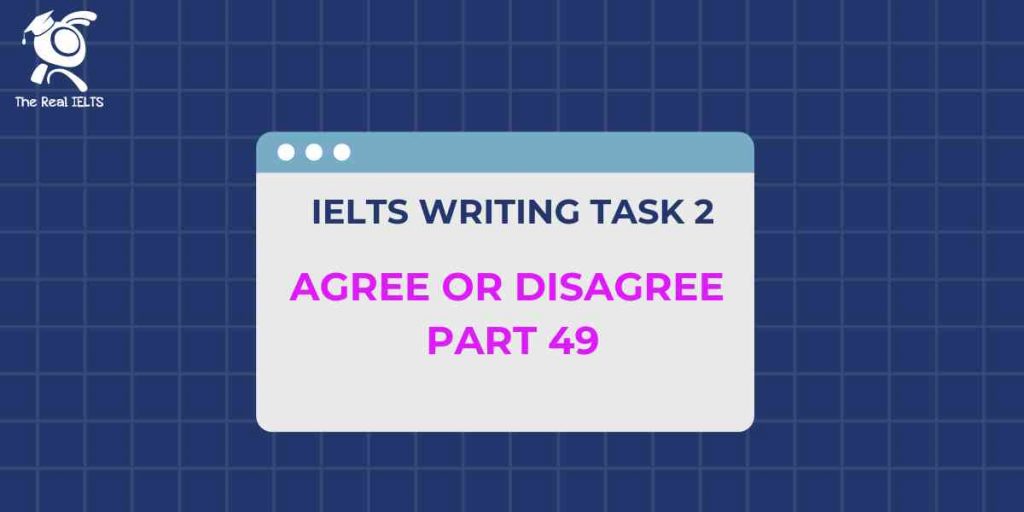

Đề bài IELTS Writing Task 2 dạng Agree or Disagree Part 49:
IELTS Writing Task 2 dạng Agree or Disagree Part 22
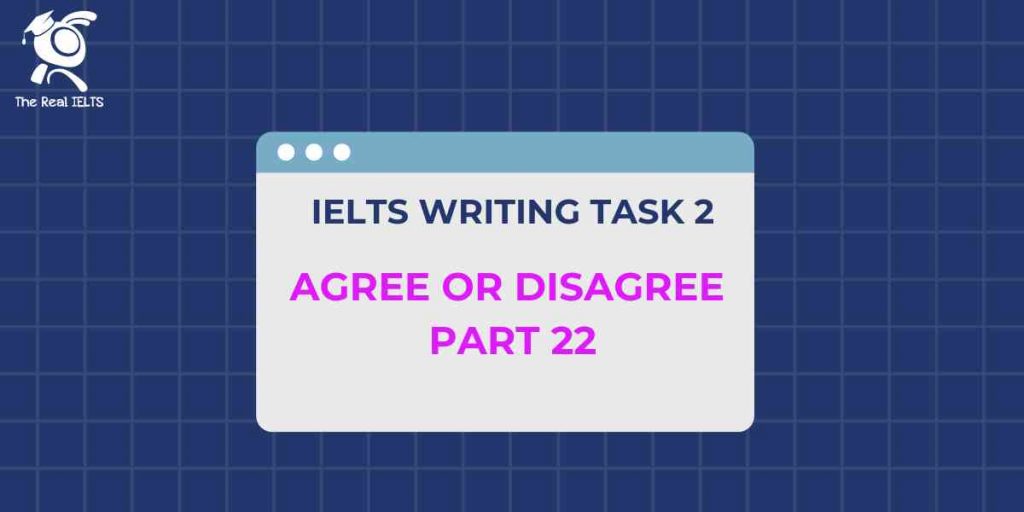

Đề bài IELTS Writing Task 2 dạng Agree or Disagree Part 22:
IELTS Writing Task 2 dạng Agree or Disagree Part 8
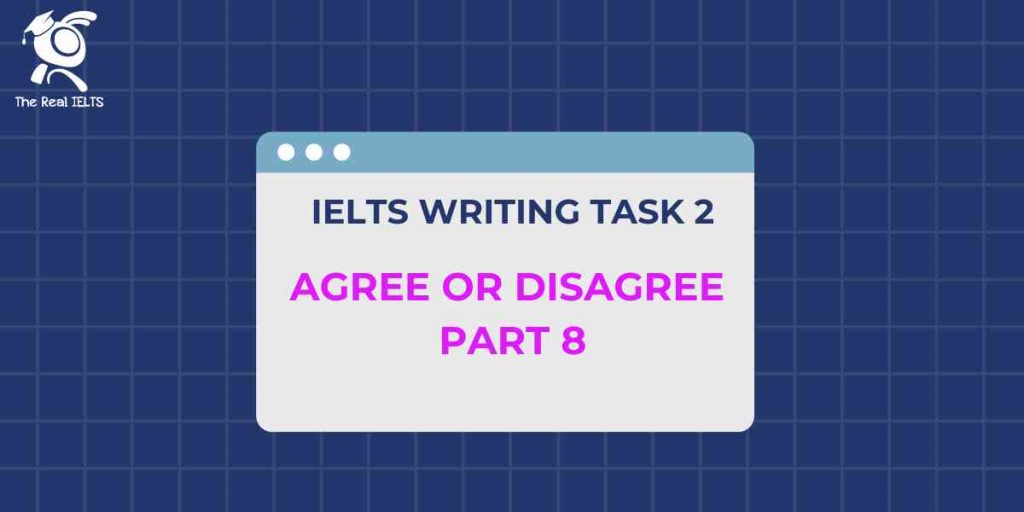

Đề bài IELTS Writing Task 2 dạng Agree or Disagree Part 8
IELTS Writing Task 2 dạng Agree or Disagree Part 40
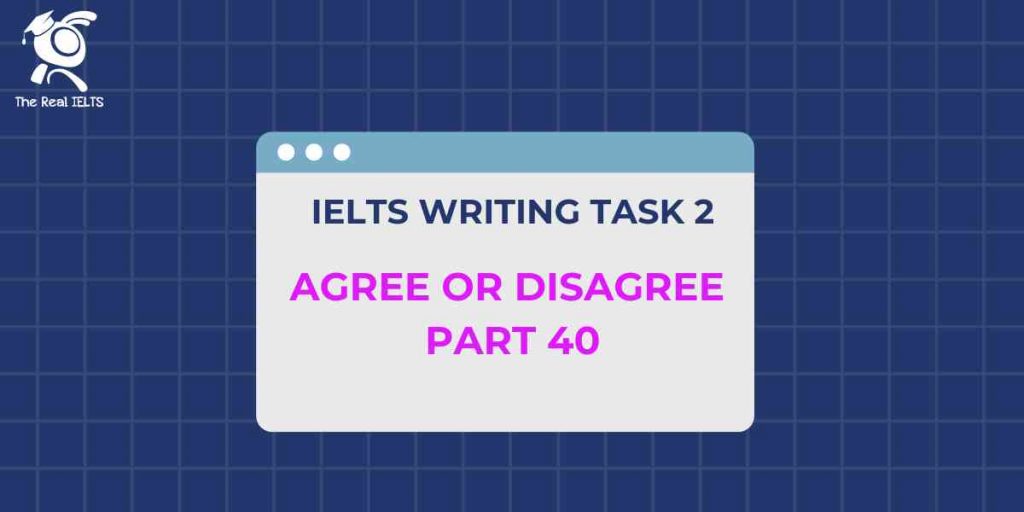

Đề bài IELTS Writing Task 2 dạng Agree or Disagree Part 40:
IELTS Writing Task 2 dạng Agree or Disagree Part 13
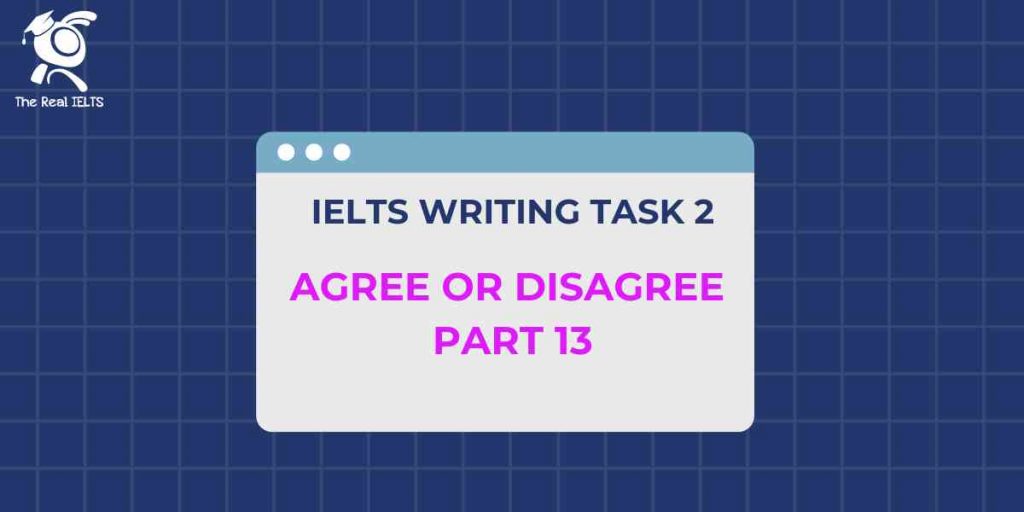

Đề bài IELTS Writing Task 2 dạng Agree or Disagree Part 13:
IELTS Writing Task 2 dạng Agree or Disagree Part 31
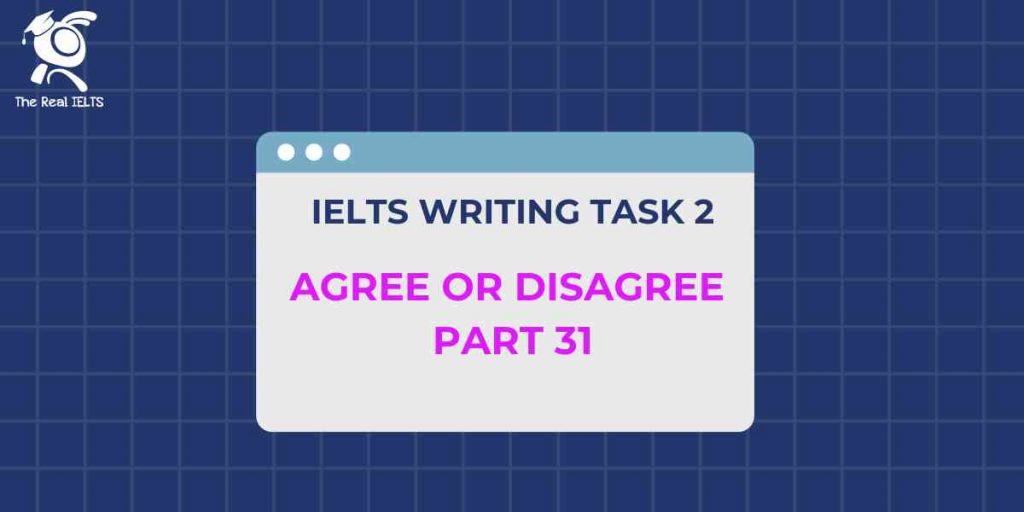

Đề bài IELTS Writing Task 2 dạng Agree or Disagree Part 31:
IELTS Writing Task 1 PIE Chart: Transportation
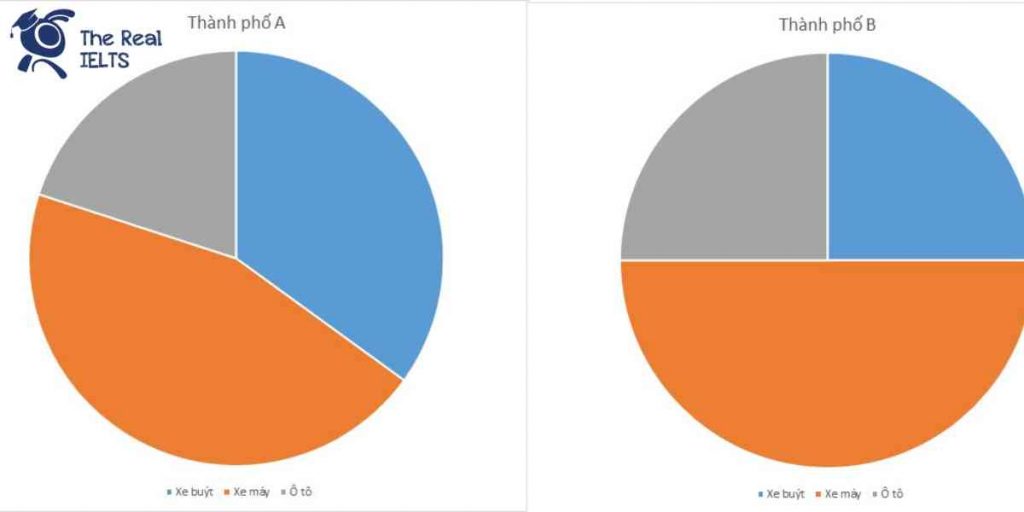

IELTS Writing Task 1 yêu cầu bạn mô tả một biểu đồ hình tròn (pie chart) thể hiện tỷ lệ sử dụng ba loại phương tiện giao thông ở hai thành phố khác nhau.
IELTS Writing Task 2 dạng Agree or Disagree Part 21
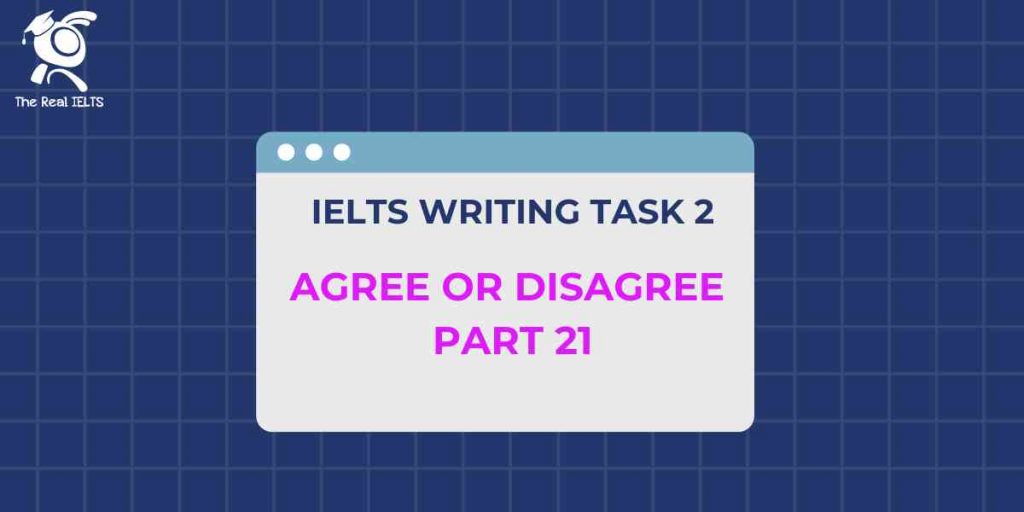

Đề bài IELTS Writing Task 2 dạng Agree or Disagree Part 21:
IELTS Writing Task 1 Bar Chart: Dropout Rates
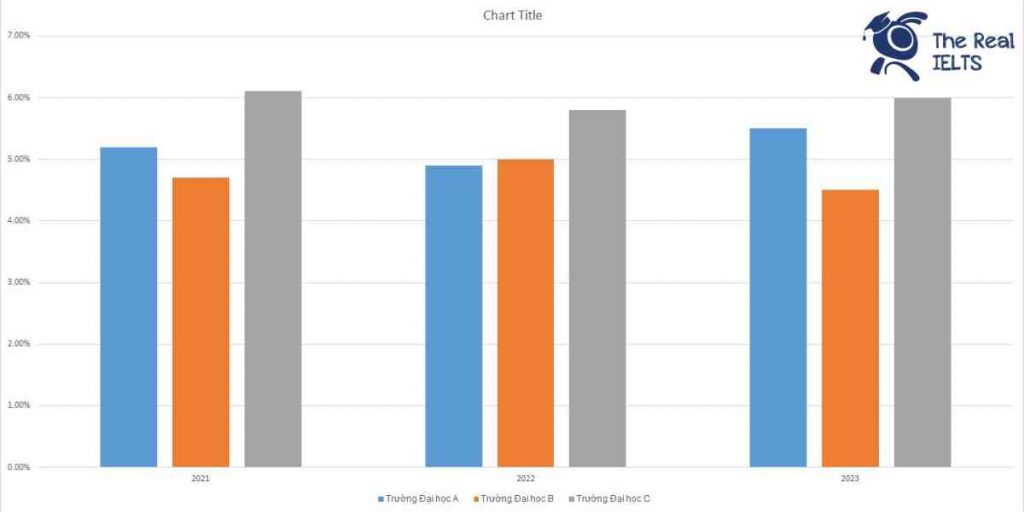

IELTS Writing Task 1 yêu cầu mô tả biểu đồ cột về tỷ lệ sinh viên bỏ học trong ba năm tại ba trường đại học khác nhau.
IELTS Writing Task 2 dạng Agree or Disagree Part 7
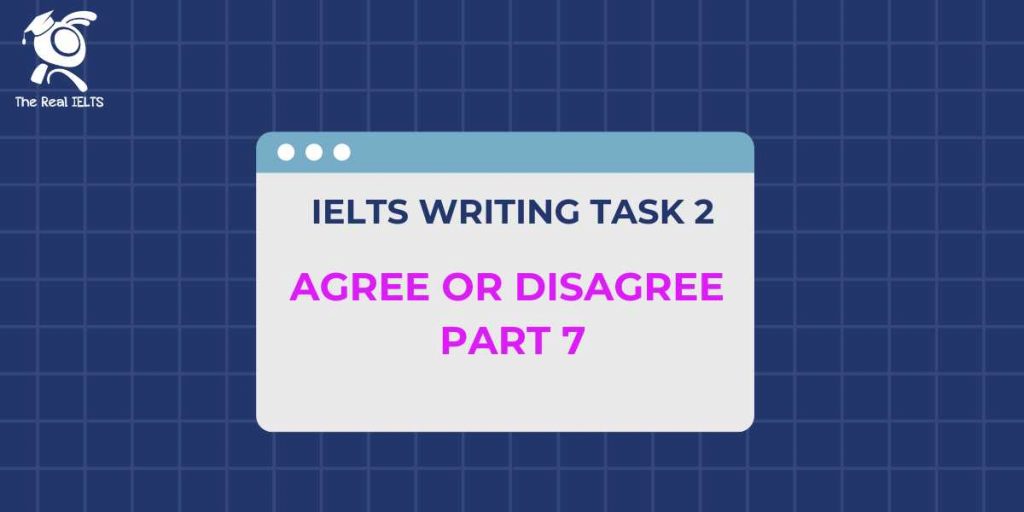

Đề bài IELTS Writing Task 2 dạng Agree or Disagree Part 7
IELTS Writing Task 2 dạng Agree or Disagree Part 39
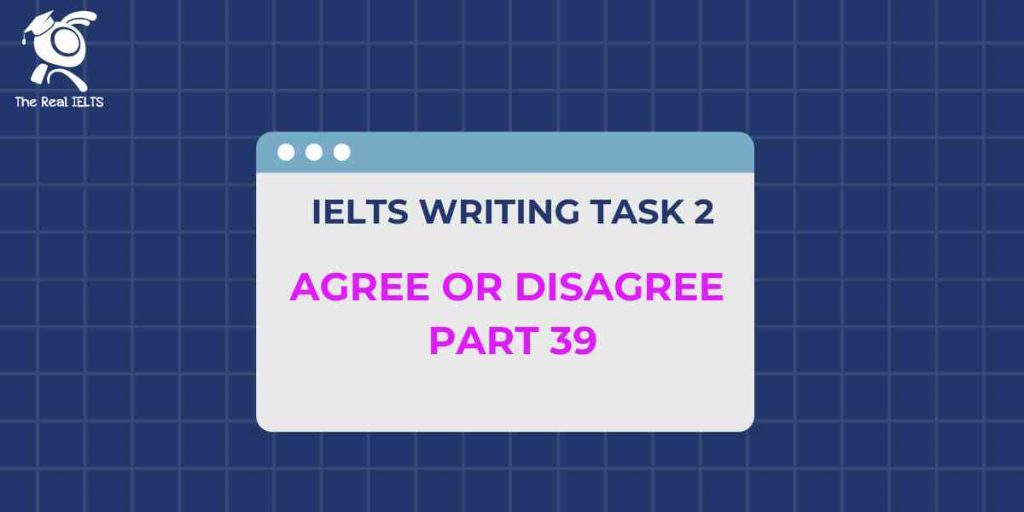

Đề bài IELTS Writing Task 2 dạng Agree or Disagree Part 39:





